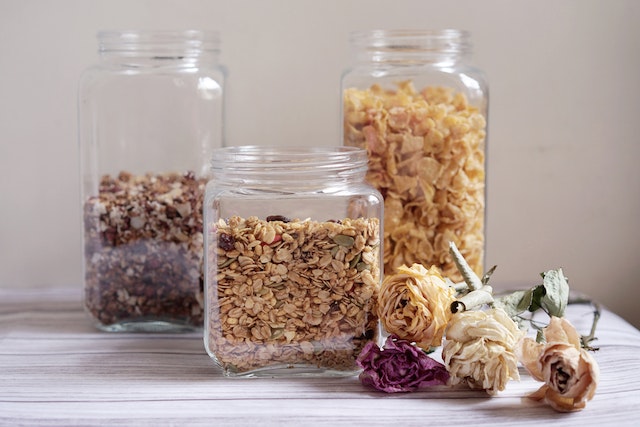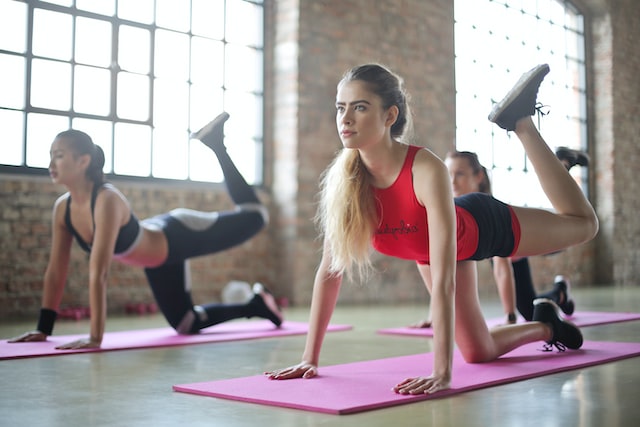Sometimes when you are on your feet for too long or sleep on an old uncomfortable bed, you may wake up with some minor back pain. As we age, it’s not uncommon to consider yourself someone who has a “bad back”. Between spasms, slipped discs, muscle soreness, or “throwing out” your back, back pain is one of the most common complaints of ageing. If you feel back pain frequently, do not allow it to get in the way of your daily workout—movement and resistance are essential to maintaining resilient muscles and bones. Here are some workouts that you can do even with a bad back.
Swimming
Working out with back pain may be nerve wracking especially when you are worried you might make the pain worse. That is why you need to change up your exercise routine with something that puts less strain on your back. Swimming on days when your back is bothering you can help because this is a low-impact workout. High impact workouts that people are familiar with like running will exacerbate the pain. If your back pain is the result of an overuse injury, it is especially important to change your routine and consider swimming instead.
Yoga
Yoga is quite a flexible exercise to do—no pun intended. Since you know your limitations, you are able to work around your back pain. If you are working with an instructor, they will be able to adapt the session for you to be able to participate safely. Another way you can help your back is by using an exercise ball in your yoga session. This equipment is softer on your back which could reduce the pain.
Stretch
It is always important to stretch before and after a workout and on your active rest days from your workouts. Stretching often can help alleviate your back pain as well as strengthen your back muscles to keep it from occurring (not including back muscles being sore). If you skip the stretching part of your workout routine, this can lead to injury and excessive back pain.
When you are suffering from back pain, don’t let it determine your whole day or stop you from being active. There are plenty of alternative ways you can be active without having to worry about injuring your back further. Try some of these even if you don’t have back pain for something different!
Dr. Barbara R. Edwards, Princeton Internist, practices at Penn Medicine Princeton Health in the Penn Medicine Princeton Medical Center. She is also the Academic Director for the Ambulatory Residency Program at Penn Medicine Princeton Health.






